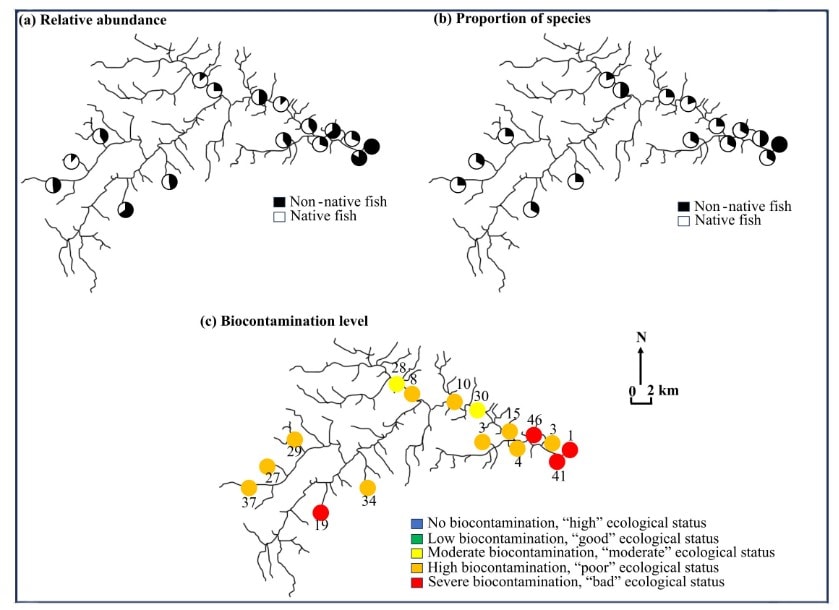Nearly 90% of its freshwater fish species are unique to the Aotearoa-New Zealand (A-NZ). When humans arrived aound 1280 AD we began to introduce new species that impacted freshwater communities to varying levels. Currently, there is no measure or ‘index’ being used in A-NZ that considers both the number and abundance of non-native species in its freshwater systems, whether for invertebrates or fish. This is concerning, especially given the presence of introduced fish like trout and catfish, which negatively affect native species—many of which are rare, culturally important, and threatened with extinction. Additionally, the recent discovery of the Gold/Asian clam (Corbicula fluminea) in May 2023, which could have a significant ecological impact as an invasive species, highlights the urgent need for such an index.
Now is the perfect time to adopt a Biocontamination Index to assess the potential impact non-native species are having on freshwater life in A-NZ. This index has been successfully used in various studies across Europe and the British Isles.
In this manuscript, simple examples of publicly available fish species data are used to demonstrate how the Biocontamination Index could be easily implemented in Aotearoa-New Zealand with little extra effort, serving as a valuable tool for fisheries management. It could also be useful in the government’s current efforts to monitor and control the Gold/Asian clam invasion.

